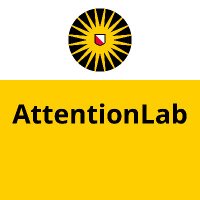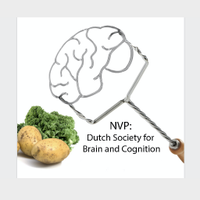
AttentionLab UU
@attentionlabuu
AttentionLab is the research group headed by Stefan Van der Stigchel at Experimental Psychology | @HelmholtzSchool | @UniUtrecht
ID: 1346764099603070977
http://www.attentionlab.nl/ 06-01-2021 10:23:04
174 Tweet
651 Takipçi
132 Takip Edilen











New article w/ Kabir Arora! A recent paper (Freek van Ede Kia Nobre) found a neural correlate of sampling from memory representations to guide decision-making. We discuss the findings and provide future steps. Now in Journal of Neuroscience jneurosci.org/content/44/39/…



New preprint out🚨 with Samson Chota Luzi Xu S van der Stigchel Surya Gayet, titled “The priority state of items in visual working memory determines their influence on early visual processing” osf.io/preprints/osf/…

This Friday (29-11) Helmholtz Institute are hosting another public lecture. All are welcome to attend! The lecture starts at 16.00 in Ruppert Paars, with drinks afterwards. Abigail Marsh: "Altruism, care, and the extended self" helmholtzschool.nl/2024/07/09/hel…

🚨My first paper with Samson Chota Luzi Xu S van der Stigchel Surya Gayet accepted in Consciousness and Cognition (sciencedirect.com/science/articl…) We asked whether the impact of VWM content on early visual processing depends on the priority state of memory items

🚨New paper out in JEP:HPP with Andre Sahakian Surya Gayet Chris Paffen S van der Stigchel!In this study, we asked whether memory traces are formed for items that have not yet been selected for immediate action, while we are actively sampling targets for imminent action.





